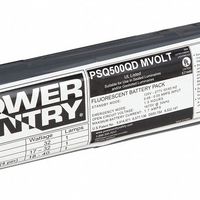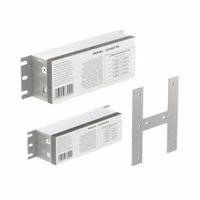Emergency lighting inverters offer several benefits, ensuring safety and compliance in various settings:
1. **Uninterrupted Power Supply**: They provide a seamless transition to backup power during outages, ensuring that emergency lighting remains operational without any flicker or delay.
2. **Safety and Security**: By maintaining illumination during power failures, they enhance safety for occupants, facilitating safe evacuation and reducing panic in emergency situations.
3. **Compliance with Regulations**: Many building codes and safety regulations require reliable emergency lighting. Inverters help meet these standards, ensuring legal compliance and avoiding potential fines.
4. **Cost-Effective**: Inverters can be more economical than installing separate emergency lighting systems, as they utilize existing lighting infrastructure, reducing the need for additional fixtures and wiring.
5. **Versatility**: They can support various types of lighting, including LED, fluorescent, and incandescent, making them adaptable to different building requirements and existing systems.
6. **Reduced Maintenance**: With fewer components than traditional emergency lighting systems, inverters often require less maintenance, leading to lower long-term operational costs.
7. **Centralized Control**: Inverters allow for centralized management of emergency lighting, simplifying testing, monitoring, and maintenance processes.
8. **Enhanced Reliability**: Modern inverters are designed for high reliability, often featuring self-diagnostic capabilities that ensure they are ready to perform when needed.
9. **Energy Efficiency**: By integrating with energy-efficient lighting systems, inverters can contribute to overall energy savings, reducing the environmental impact and operational costs.
10. **Flexibility in Design**: They offer flexibility in building design, as they do not require dedicated emergency circuits, allowing for more creative and functional lighting layouts.
Overall, emergency lighting inverters are a crucial component in ensuring safety, compliance, and efficiency in building management.




